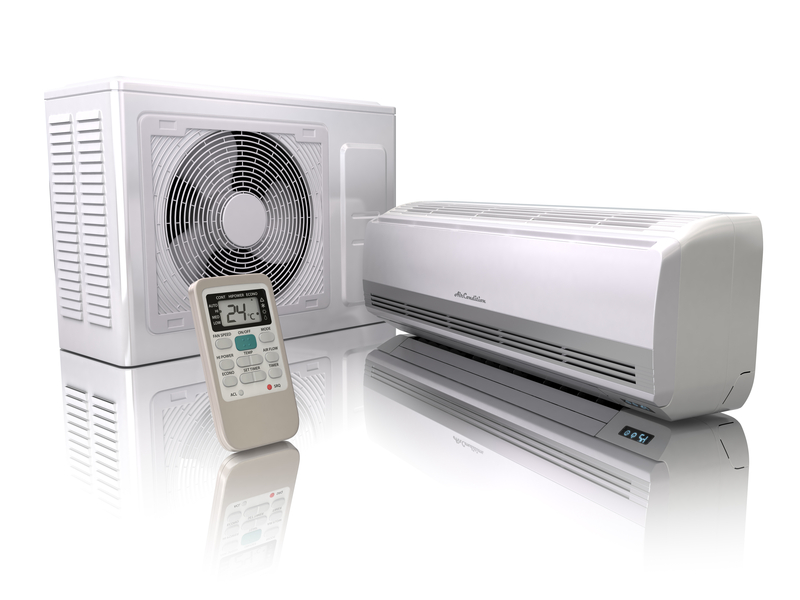Evaporative Cooling Design Guidelines

This online engineering PDH course discusses some of the pertinent design issues and guidelines for evaporative cooling systems.
Evaporative cooling is a method of converting hot air into a cool breeze using the process of evaporating water. There are two essential requirements for evaporative cooling: 1) a wetted surface (supplied by filter pads) and 2) A source of moving air (supplied by a blower powered by an electric motor). The technology is a versatile and energy-efficient alternative to compressor-based cooling. Compared to air-conditioning which uses mechanical refrigeration, the evaporative cooling can fully satisfy building cooling loads using one-fourth the energy of conventional equipment.
The performance of evaporative systems deteriorates as the humidity increases. Consequently, evaporative systems are not suitable for the humid coastal regions. They are generally suitable for areas with dry summers (most of the western United States and other dry-climate areas worldwide. Evaporative cooling is also appropriate for spaces with high outside air ventilation requirements such as patios, auto garages, workshops, locker rooms, restaurant, kitchens, barns, green houses, kennels, agricultural areas, warehouses, docks or bays.
This 6 PDH online course is intended for engineers, architects, realtors, building owners, facility managers, interior designers, landscape architects, construction managers, lenders and educators and other professionals interested in learning about evaporative cooling design guidelines.
This PE continuing education course is intended to provide you with the following specific knowledge and skills:
- Understanding what is evaporative cooling and where it should be used
- Understanding the principles of evaporative cooling
- Applying fundamentals of psychrometrics in estimating evaporative cooling requirements
- Learning the geographical locations that will benefit from evaporative cooling
- Understanding the components and types of evaporative coolers
- Learning how to calculate the cooling temperatures with direct and indirect evaporative cooling options
- Learning how to size evaporative coolers using sensible heat and air change methods
- Understanding the factors which influence the application of evaporative cooling
- Learning about the typical design information, specifications and key formulas for selecting appropriate equipment
- Understanding the HVAC terminology as applicable to the evaporative cooling systems
In this professional engineering CEU course, you need to review the Publication tilted, "Evaporative Cooling Design Guidelines Manual" funded by the United States Department of Energy (USDOE) and the New Mexico Energy, Minerals and Natural Resources Department, Energy Conservation and Management Division (EMNRD-ECMD).
Upon successful completion of the quiz, print your Certificate of Completion instantly. (Note: if you are paying by check or money order, you will be able to print it after we receive your payment.) For your convenience, we will also email it to you. Please note that you can log in to your account at any time to access and print your Certificate of Completion.